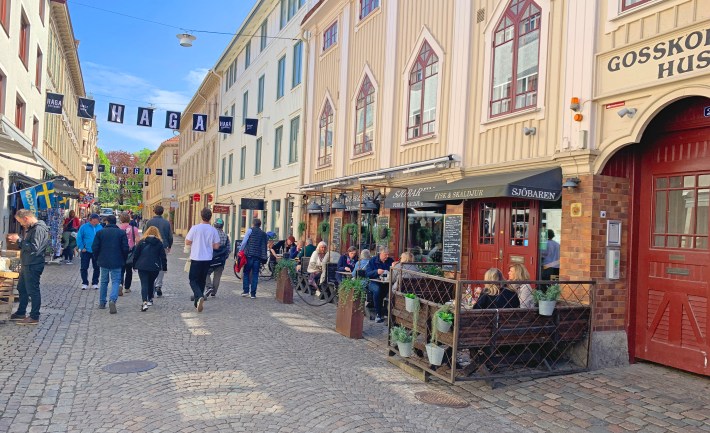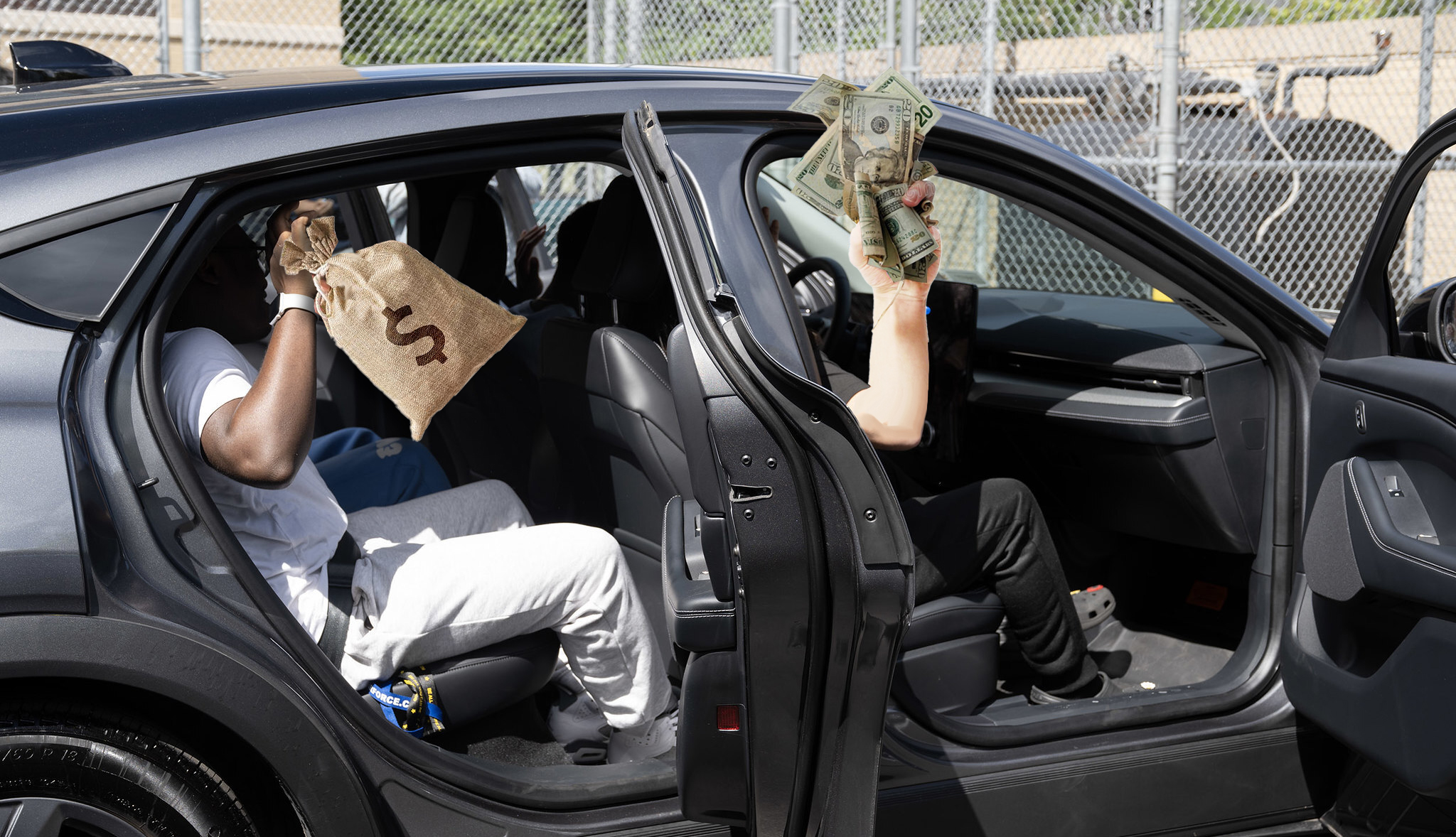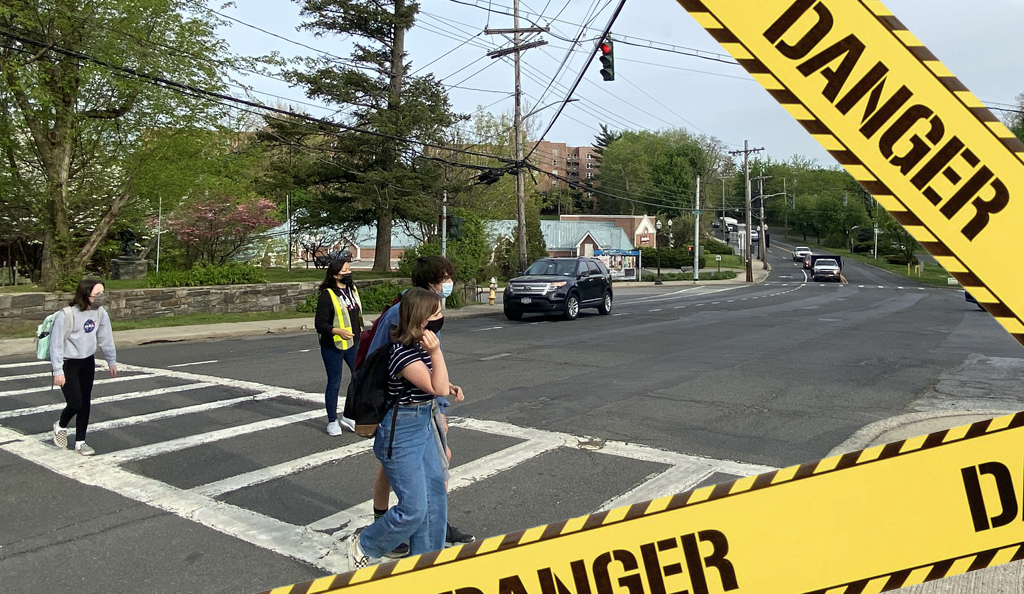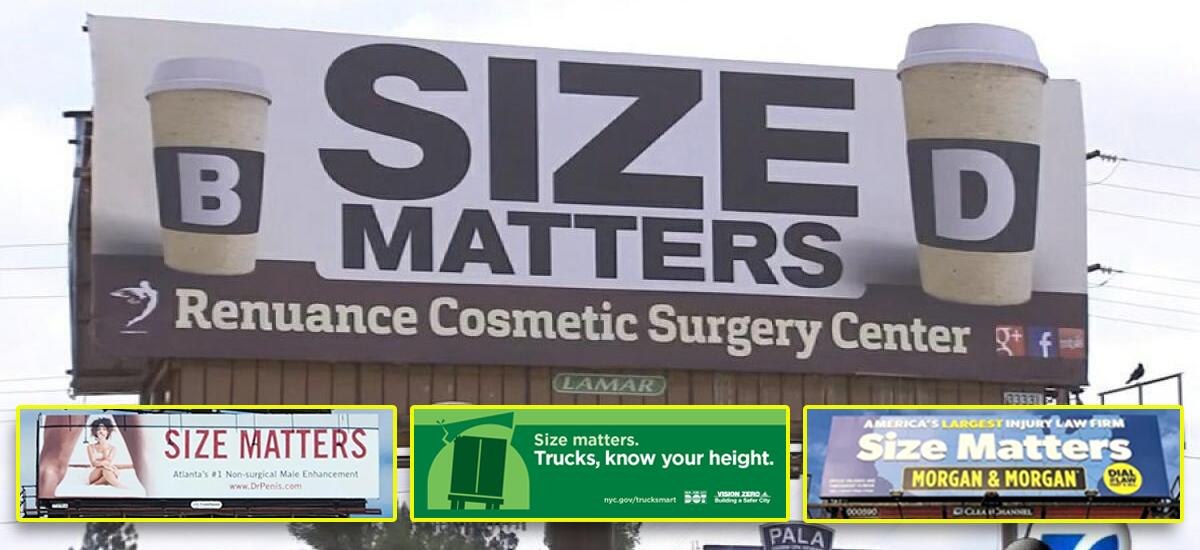
This essay is part of Streetsblog's "Car Harms" series, a package of stories designed to remind policymakers and the public of the hidden costs, dangers, inefficiencies and just plain old sadness that come from building our city around the needs of drivers. Auto-dependency has undermined the joy and beauty of our great urban spaces, and that must change. Click here to read the full series.
And if you are moved to make a small donation to keep series like these going in the future, please click here.
Have you ever seen pictures of New York City before there were cars everywhere? Though they’ve only dominated the city’s landscape for about a hundred years, cars are so ubiquitous they’ve almost become invisible, as much a part of what we’re used to seeing when we navigate the city as apartment buildings, hot dog carts, or pigeons.
But just because we’re used to them, it doesn’t mean they look good. I’m a bike mechanic, so I understand what it’s like to be obsessed with a beautiful vintage machine; I also utilize cars and vans from time to time, and enjoy their utility. But not only are the majority of cars dangerous, huge, and hard on the planet — they’re also eyesores.
Beyond looking bad, cars sound and smell bad. For pedestrians, cyclists, and drivers who’ve been hit by other drivers, the sound of a revving engine is a reminder that in an instant, a car paired with an irresponsible, distracted, sleepy or sick operator can change lives irrevocably or end them entirely. There’s a reason why car commercials don’t show these violent realities of our car-centric society, or others, like parking lots packed with bland, indistinguishable SUVs that increase in size and weight every year or long, unmoving lines of traffic: ugliness doesn’t sell. What people do like to look at is nature, a common setting for car advertisements. Maybe auto manufacturers want that beauty to rub off on their products.


The pedestrian plazas that are becoming more common around the city provide a welcome break for the senses, lending New Yorkers physical as well as mental space where beauty can flourish. Simple reprieves like public tables and chairs allow the reorganization of shopping bags, a chair to sit in while comforting an upset toddler, and a place to rest for a moment in the winter sun. It’s a more truly “public” use of space than free car storage for the fraction of New Yorkers who can afford automobiles — and, I would argue, the potted plants, colorful tables, and even granite blocks that delineate these areas are more pleasing to the eye than inert cars.

Other space-redistributing efforts like the Open Streets program allow New Yorkers young and old to use public space for gathering and playing while keeping small businesses visible, accessible, and flourishing. Some of this city’s businesses have been around for so long that when they opened the trains had two letters in their names. Instead of being replaced by yet another identical Chase bank branch, the unique storefronts of the small businesses that lend neighborhoods their character can thrive. There’s precedent for this: the gorgeous streets we admire in other cities, like Tokyo, Paris and Venice, are a magnet for meandering, money-spending tourists and busy locals alike—and they lack cars.
Objectively, what looks nicer: a shuttered small business, or a thriving one?

Even a smaller area dedicated to something green does a lot to liven up a drab landscape of concrete and asphalt. Planting a single tree on a city street blocks drivers from parking or driving on the sidewalk (and thus unilaterally commandeering space dedicated to people who are walking). Adding a rain garden around that tree helps prevent flooding. And unlike cars, those trees and gardens look nice. Studies show that proximity to nature boosts health; urban greenery also provides shade and helps remove CO2 from the air. I’ll take plants over parked cars any day.
New York has always had small businesses and people of all ages using its streets for work and play. It hasn’t always had this many cars, and never before have they been this big. But dedicating this much space to cars instead of people and plants isn’t a given. Policies that encourage people to buy cars and use them for day-to-day transportation, instead of renting or sharing them for times when they’re truly necessary, are a choice, one that hurts everyone, including drivers — and makes this beautiful city ugly.






